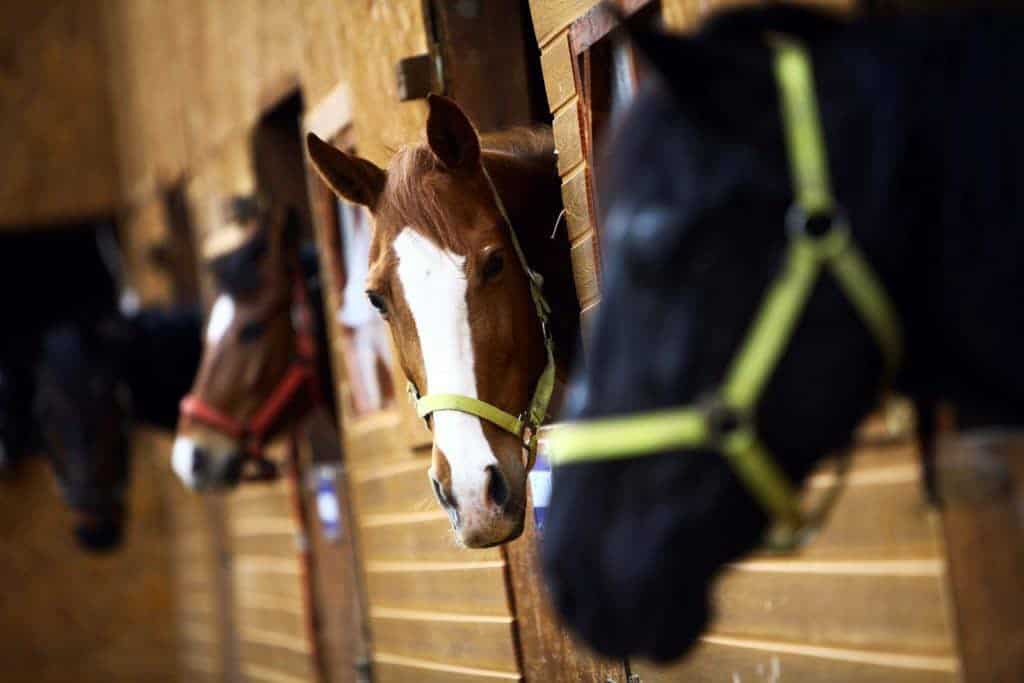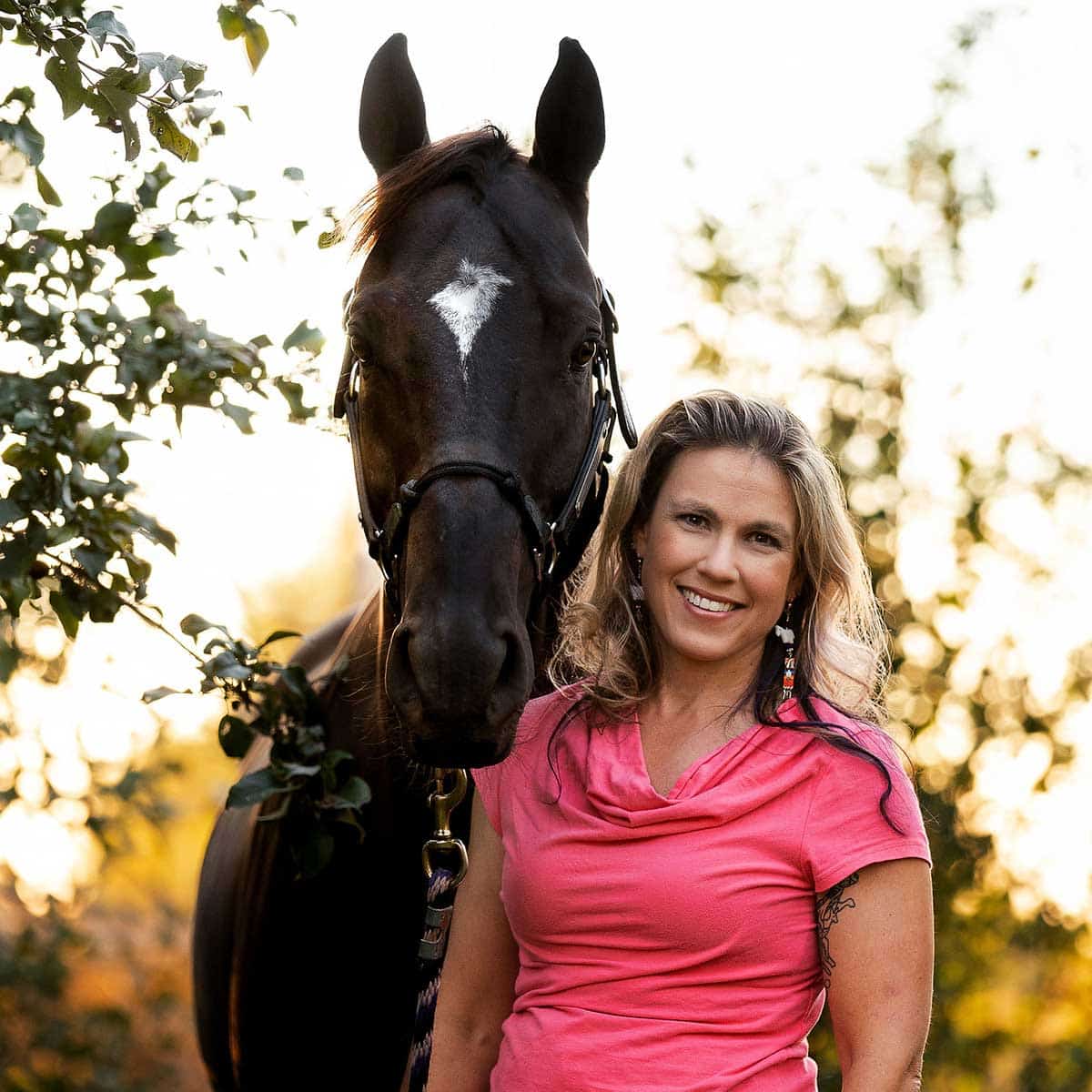Boarding Barn Feeding Practices

Tips for making smart mealtime decisions when feeding many types of horses.
Designing a feed program for a boarding facility can be a challenge, especially if the barn population has many types of horses. Is it possible to feed ponies, stock breeds, Thoroughbreds, and Warmbloods under one roof without making chores more complicated than a moon landing?
Equine demographics, budget, barn setup, and staff flow are all factors when deciding how to feed hay and concentrates. Horses can be fed in stalls, outside in groups, or a combination of the two.
Hay
You can generally purchase hay in varying sizes of small square bales (40-100 pounds), large square bales (usually 750-1,000 pounds), and round bales (usually 900-1,400 pounds). Small squares are easiest to maneuver when feeding hay in stalls, though large squares are also divided into “flakes” and can be distributed similarly. Round bales are easiest to feed when there are enough horses in a group to eat them down reasonably quickly.
If a barn’s demographics dictate horses must get different types of hay—for example, some might do best on straight grass, while harder keepers benefit from alfalfa or a heavy alfalfa mix—small squares are nice because you can stack them in separate piles, and barn staff can distribute to each horse or paddock as assigned. This can be more challenging with large squares if storage space is limited.
Round bales offer major advantages for groups of horses if the barn has equipment to stack and move them and if all the horses can be permitted access to free-choice hay. Round bales can pose issues for horses with respiratory issues, as the outer layers of even high-quality round bales tend to contain higher levels of mold and dust than small squares. They also carry a slightly higher risk of exposure to pathogens that cause diseases such as botulism, which can occur when animal carcasses are inadvertently baled into hay. (It is important to note this can happen with any forage, even small squares and bagged products such as hay cubes.)
Krishona Martinson, PhD, animal science professor and equine specialist at the University of Minnesota, in Minneapolis, studies equine forage utilization and management as well as forage-related equine health issues. She explains how she helps farm managers/business owners choose the best type of hay for their herds: If a barn can only logistically or financially maintain a single type of hay, “I always start with a high-quality grass,” she says, “and then see how the horses do. If a horse ends up needing more energy, we try to supplement with concentrates. If a horse needs less, I encourage increasing exercise.”
Her reasoning: Good grass hay is safe to feed most types of horses. Compared to alfalfa, it is lower in calories and protein but can be slightly higher in sugars. Conversely, alfalfa or a grass-alfalfa mix might be a better choice for barns with a more homogenous demographic—performance horses, young growing horses, breeding stock, rescues Current magazine subscribers can click here to and continue reading. We at The Horse work to provide you with the latest and most reliable news and information on equine health, care, management, and welfare through our magazine and TheHorse.com. Our explanatory journalism provides an understandable resource on important and sometimes complex health issues. Your subscription will help The Horse continue to offer this vital resource to horse owners of all breeds, disciplines, and experience levels.This story requires a subscription to The Horse magazine.
Subscribe now and gain unlimited access to premium content.
Subscribe Now

Written by:
Jennifer Selvig, DVM
Related Articles
Stay on top of the most recent Horse Health news with















